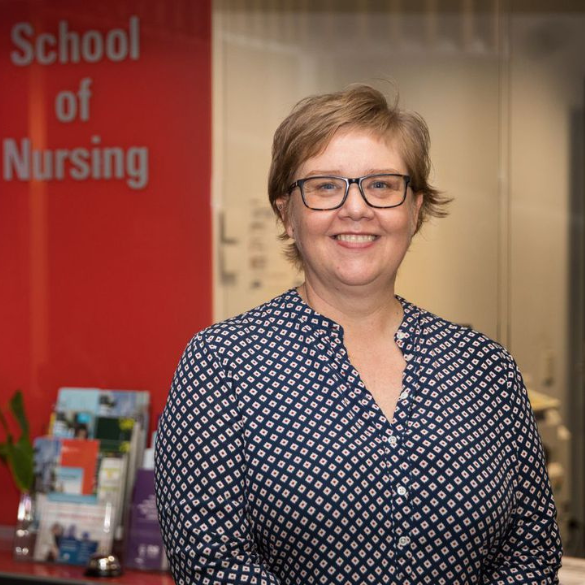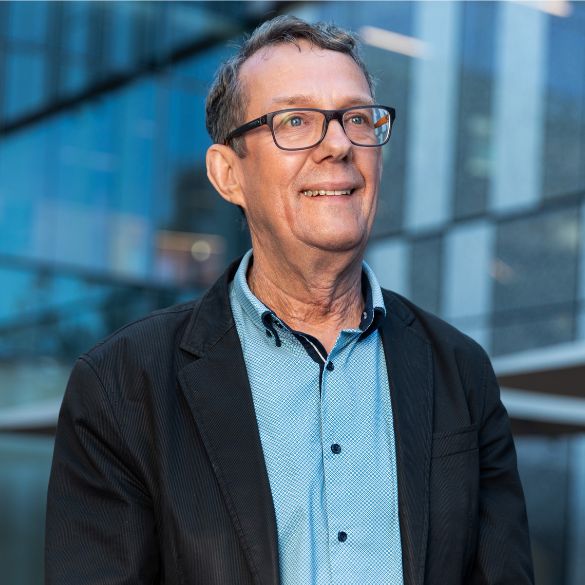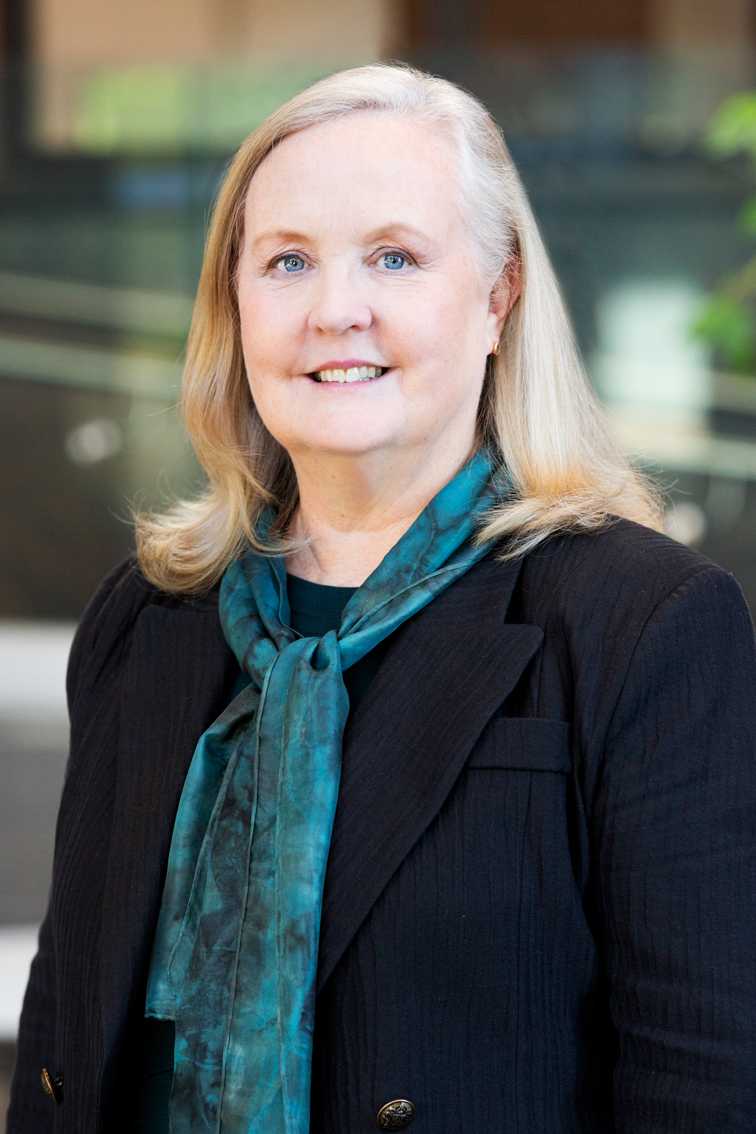Of all the challenges facing Aotearoa New Zealand’s health system, the one the media most often refers to as a crisis may be staffing. Particularly since the Covid-19 pandemic, recruiting and retaining enough appropriately trained healthcare staff has been a global challenge.
In its health reforms, the government has prioritised building and developing the health workforce – it’s one of five strategic ‘system shifts’ it has identified. It recently announced a suite of measures to expand training domestically and make it easier to get international health workers to New Zealand.
Experts at Waipapa Taumata Rau, University of Auckland, say the measures are a start. However, they agree more needs to be done to increase numbers of health workers, particularly of Māori and Pacific backgrounds, and to better support existing workers to upskill given the quick pace of change.
Many of the problems boil down to resourcing, says Associate Professor Tim Tenbensel, a health systems expert.


